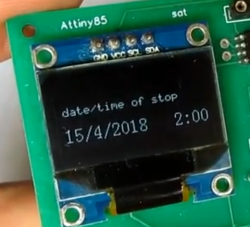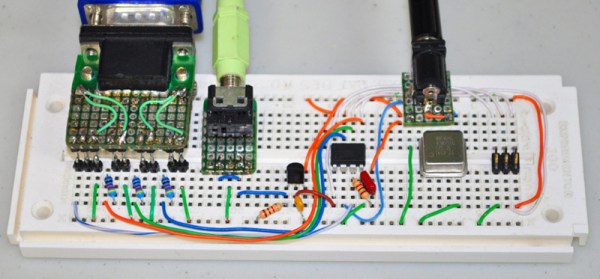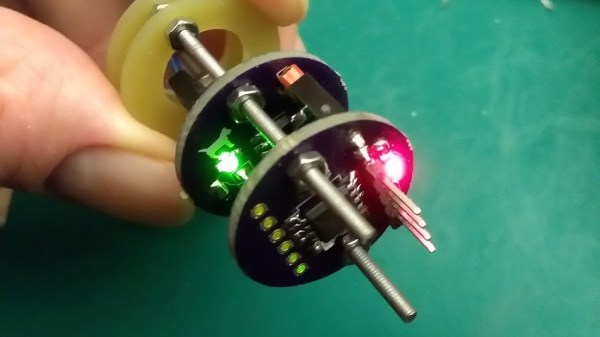It’s hard to quit smoking. Trust us, we know. Half the battle is wanting to quit in the first place. Once you do, the other half is mostly fighting with yourself until enough time goes by that food tastes better, and life looks longer.
 [Danko] recently quit smoking. And because idle hands are Big Tobacco’s tools, he kept himself busy through those torturous first few days by building a piece of pocket-sized motivation. This little board’s main purpose is to help him root for himself by showing the time elapsed since his final cigarette, the number of cigarettes he has avoided, and all the money he’s saved since then. At the press of a button, he can reflect on the exact moment he took the plunge into Cold Turkey Lake.
[Danko] recently quit smoking. And because idle hands are Big Tobacco’s tools, he kept himself busy through those torturous first few days by building a piece of pocket-sized motivation. This little board’s main purpose is to help him root for himself by showing the time elapsed since his final cigarette, the number of cigarettes he has avoided, and all the money he’s saved since then. At the press of a button, he can reflect on the exact moment he took the plunge into Cold Turkey Lake.
Sure, there are apps that’ll do the same thing. But anyone who’s ever tried to quit smoking knows how important it is to stay busy every minute while your brain deals with the lack of toxins. It runs on an ATtiny85 and a DS1307 RTC chip. Looks to us like [Danko] adapted a board from a different project, and we love it when that’s a possibility.
Not a smoker? Good for you. The next hardest thing humans motivate themselves to do is exercise. That’s a lifelong battle that can definitely be improved with some gamification.
Continue reading “Former Smoker Now Pats Pockets For Motivation”

















